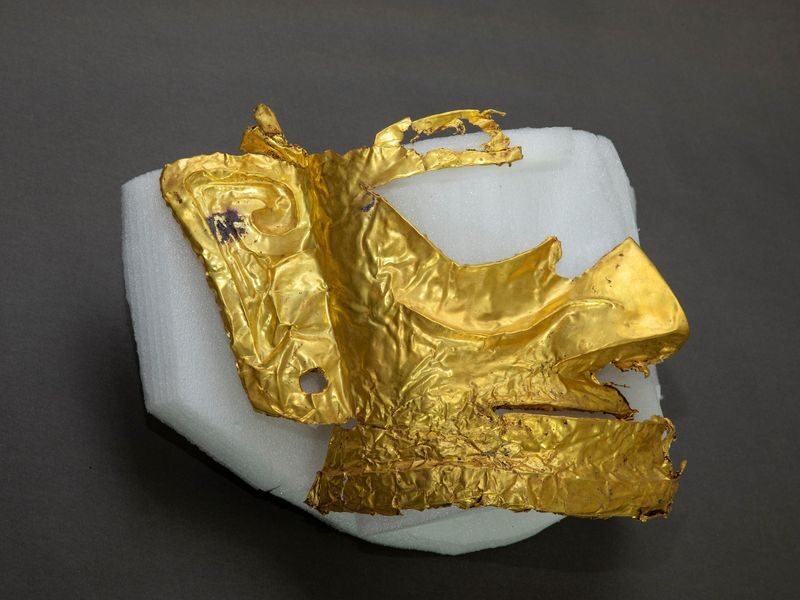
© Photo by Shen Bohan / Xinhua via Getty ImagesFragment of a gold mask unearthed at Sanxingdui, an archaeological site in southwest China .
As Stephen Chen reports for the
South China Morning Post, the researchers, who began digging at the site in 2019, found more than 500 objects, most of which were crafted out of gold, bronze, jade and ivory.
Experts are unsure who made the artifacts, but they speculate that the cache's creators belonged to the
Shu state, a highly skilled civilization conquered by the neighboring state of Qin in 316 B.C. Because the
people of Shu left behind few written records, notes Oscar Holland for
CNN, historians' knowledge of their culture is limited.
A major highlight of the find is a 0.6-pound fragment of a gold mask that may have been worn by a priest during religious ceremonies, reports the
Global Times' Chen Shasha. About 84 percent pure gold, the piece likely weighed close to one pound in its entirety, making it one of the heaviest gold masks from that time period discovered in China to date. The Sanxingdui team found the mask, along with an array of other ornate items, in six rectangular sacrificial pits.
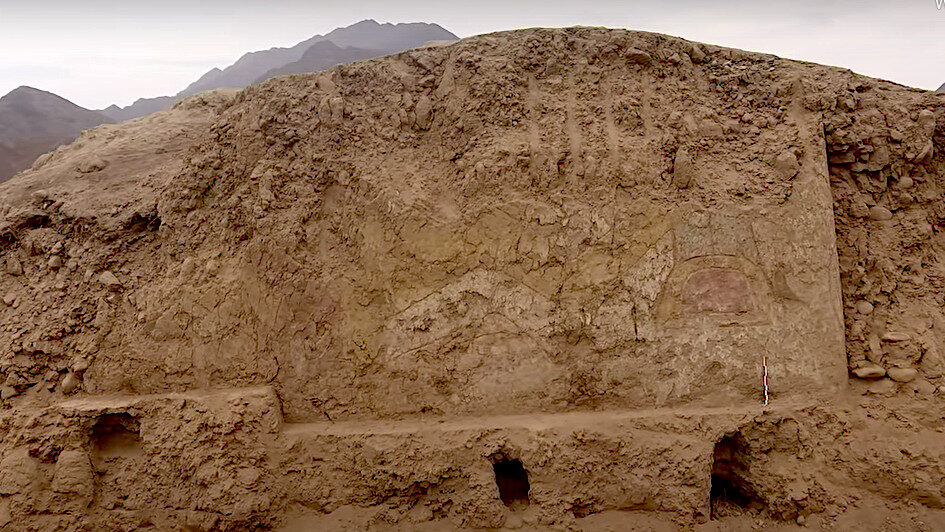


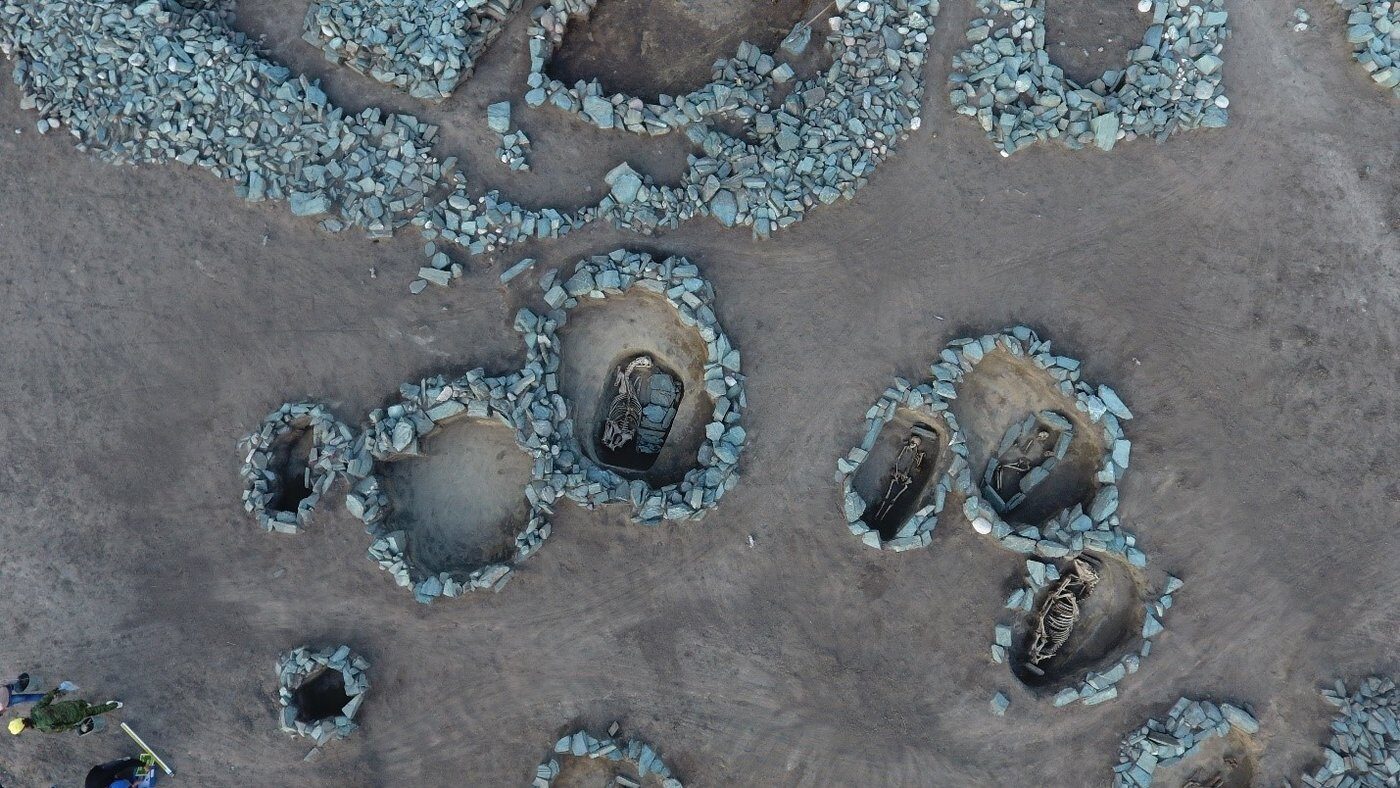
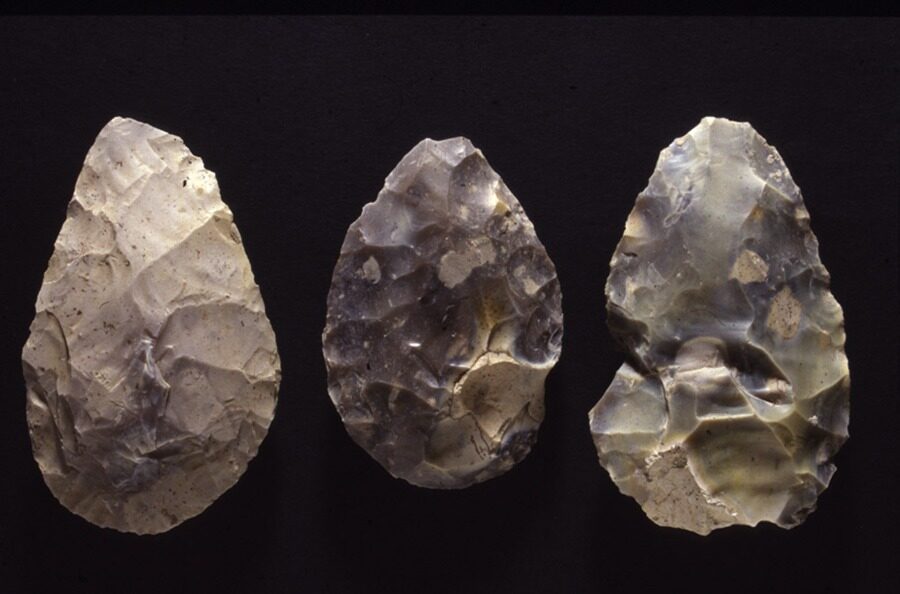
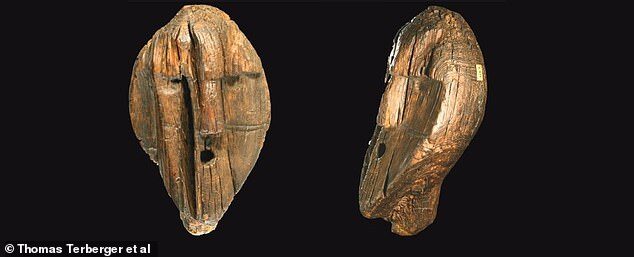


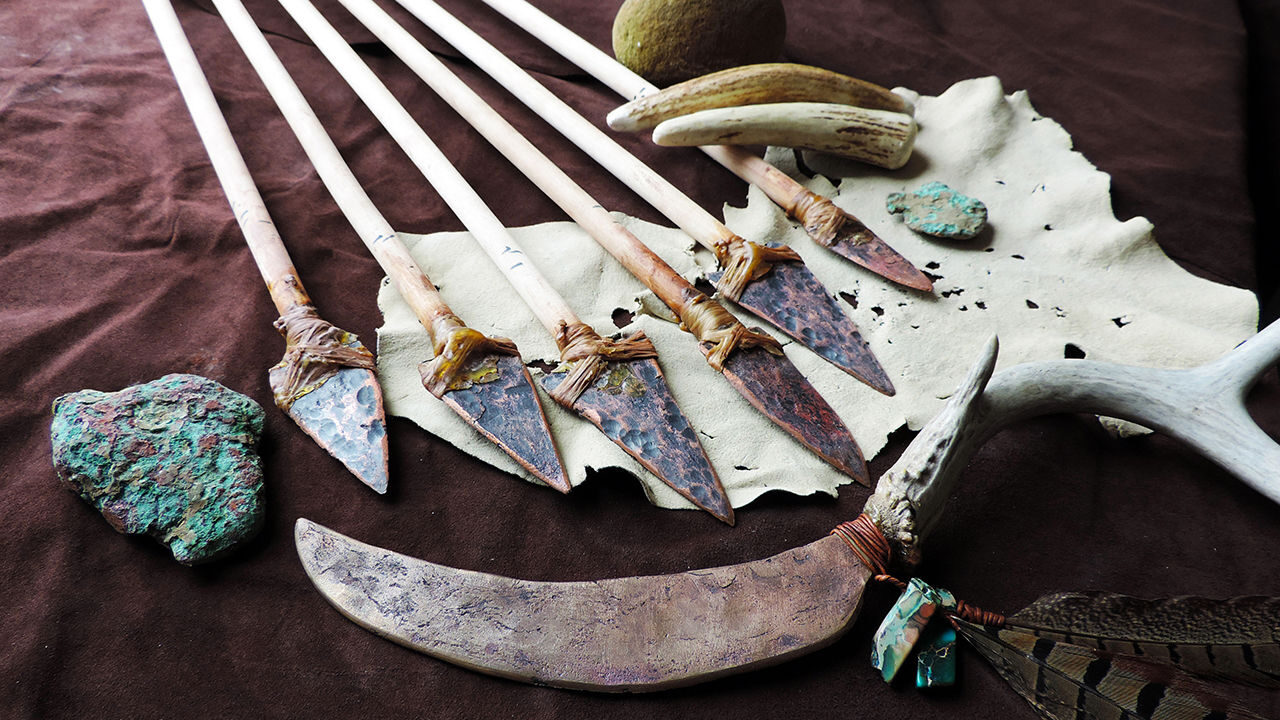
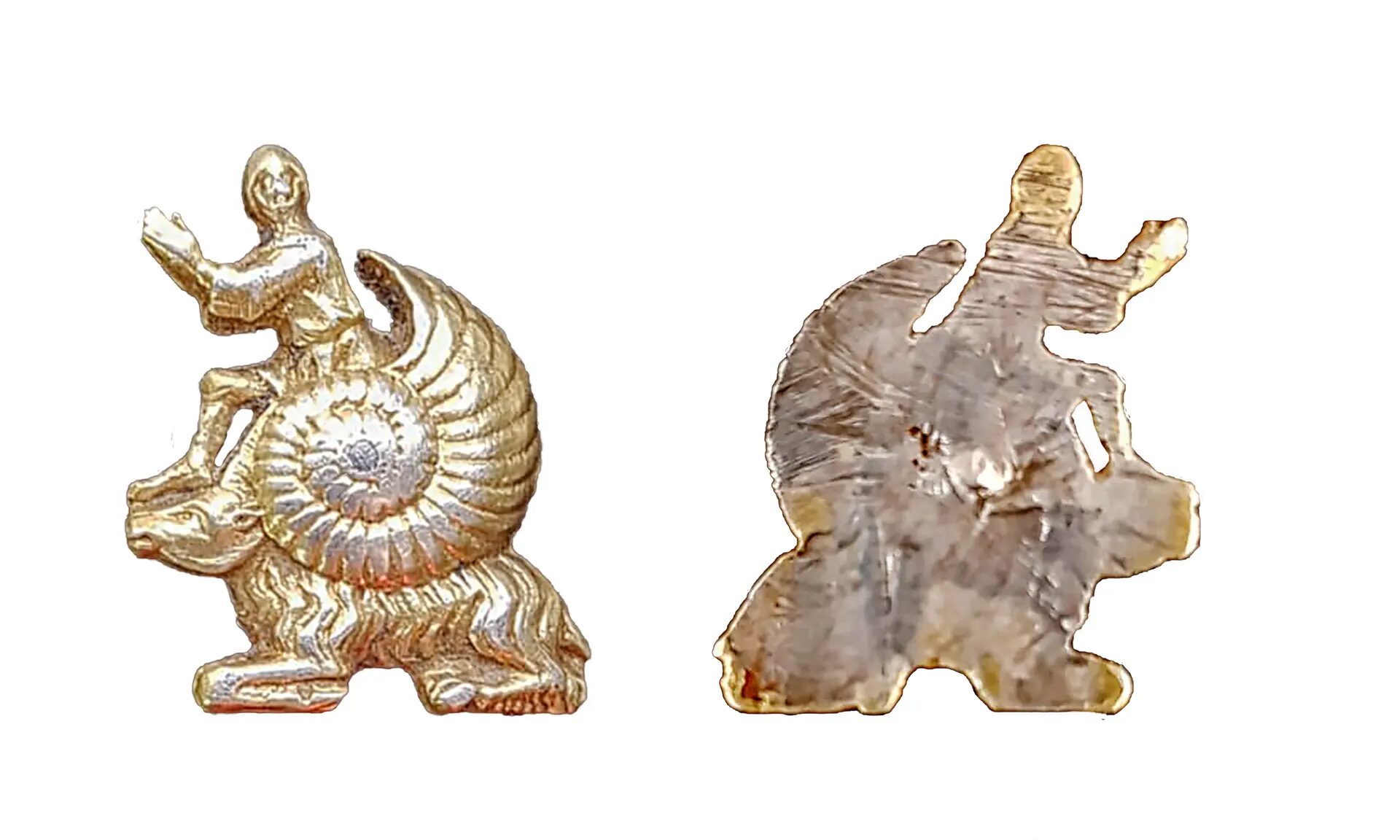



Comment: There is strong evidence that at different points in time throughout humanities history our world was better connected, more civilized and more sophisticated than was previously believed:
- The Seven Destructive Earth Passes of Comet Venus
- Beads found in Nordic grave reveal trade connections with Egypt 3,400 years ago
- China's 4,000 year old desert mummies with Caucasian features and boat burials
- Barbegal water mills: Unique hydraulics of 'world's earliest known industrial plant' revealed
- Burial practices point to an interconnected early Medieval Europe
- Ireland's high crosses: Medieval religion, art and engineering
- 1,400 years ago Bamburgh Castle was center of 'Northumbrian enlightenment', hosting visitors from as far as North Africa
- Middle Ages weren't 'dark', it was an enlightened era - British Library expert
Also check out SOTT radio's: MindMatters: America Before: Comets, Catastrophes, Mounds and Mythology